Priestesses and priests to the Children of The Mother of the Elements, who also work as healers, wear these robes or chitons. These clothes can come in any color, though may be limited based on what dyes are available. The chitons or robes were worn in the traditional style back in the ancient times when the religion first formed, and because of that people still wear them in this style.
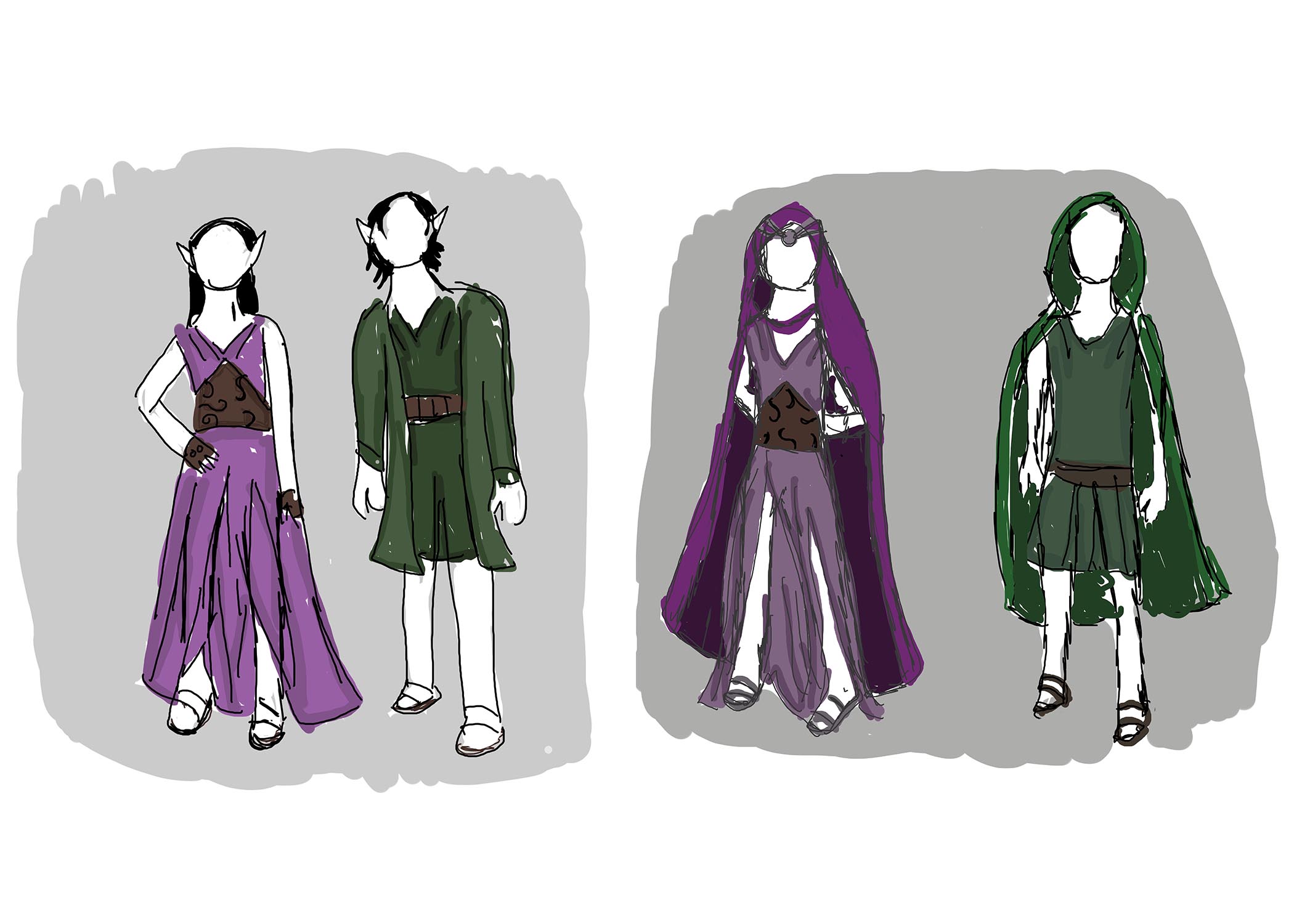
The silk used to make the chiton or robe is imported from another kingdom that has an alliance with Dragon’s Province. There the silk worms are harvested, and woven into the fabric, which is then bought by Dragon’s Province. The cloth is then given to a tailor who dyes it with berries, ground up roots, or sometimes even colored fairy dust, and then sews it into a robe or chiton for the priest or priestess. The tailor who makes these is the same tailor who makes the clothes for the current ruler of Dragon’s Province, because the practitioners of the religion there believe that the priests's and priestess’s clothes should get as much attention as the king's or queen’s.
The fabric of the robes or chitons is thin and feels soft to the touch. The colors that the priestesses and priests wear denote their status based on the effort or the rarity of the color: white being a sign of beginning priest or priestess because it takes no effort to dye it, and blue, green and purple being the sign of those who have spent many years studying their craft. The chitons for the priestesses are long, while the robes for the priests are shorter, this being because elven kings usually wear longer robes, and one does not want a priest’s status to be mistaken for that of a king’s.
A priest or priestess usually has about three different robes or chitons to wear, so that they can be interchanged day by day. When the priestess and priestesses clean their robes they do it in the natural way by cleaning them with water from a sacred river to the Water Goddess. It is believed that the water there is cleaner and more pure than the water in most towns and cities in Dragon’s Province. In the religion an annual festival has arisen surrounding this weekly ritual for the priests and priestesses.
How one shows which gods they are devoted to is by the jewels on the circlet around their head. The jewels come in many different colors each having a unique meaning:
- Red means the Fire God (and has a symbol of a flame on it).
- Green means the Earth Goddess (and has a symbol of a leaf on it).
- Blue means the Water Goddess. (And has a symbol of a raindrop on it).
- And pure white means the Air God. (And it has a symbol of curling lines on it)
The circlets are worn in worship along with the cloak, a heavier weight garment that is a darker shade of the chiton or robe and very long. When working (healing) Priestesses and Priests tend to wear more casual clothes (the men, for example, wear a comfortable jacket that is the same color as the cloak they wear in worship). For those who decide to become healers and priests/priestesses, whether it be because they were sent to the temple at a young age or because they are taking it up now as an adult, they are initially given an empty circlet (with no jewels inside). When they do have gods or goddesses that favor them, the initiates can put the jewels in the circlet to signify which gods they are being guided by.
There are two circlets to choose from. One circlet has beads around it and the other circlet is a bit more crown-like. Both choices come in two colors: gold and silver.
For more festive occasions, priestesses switch to wearing a chiton with sleeves on the sides that wrap around their arm, and they sometimes even wear their circlet without the cloak on those occasions. Priests wear the circlet as well, and wear a more fancy belt than they wear to worship and work.
The belt or corset is made from leather, it is used as an accessory and a way to hold the chiton/robe up. Usually it has different patterns sewn into it, sometimes reflecting which god the priest or priestess is a devotee to, such as designs of leafs or raindrops. It's always up to the owner of the corset or belt what decoration they would like. The corset is triangle shaped, while the belt is more of a long rectangle.
Sandals are worn with the chiton or robe, though given the change of environment over the years, priests or priestesses are permitted to wear boots when walking out in the streets. (Because the streets are not quite as clean as they used to be).


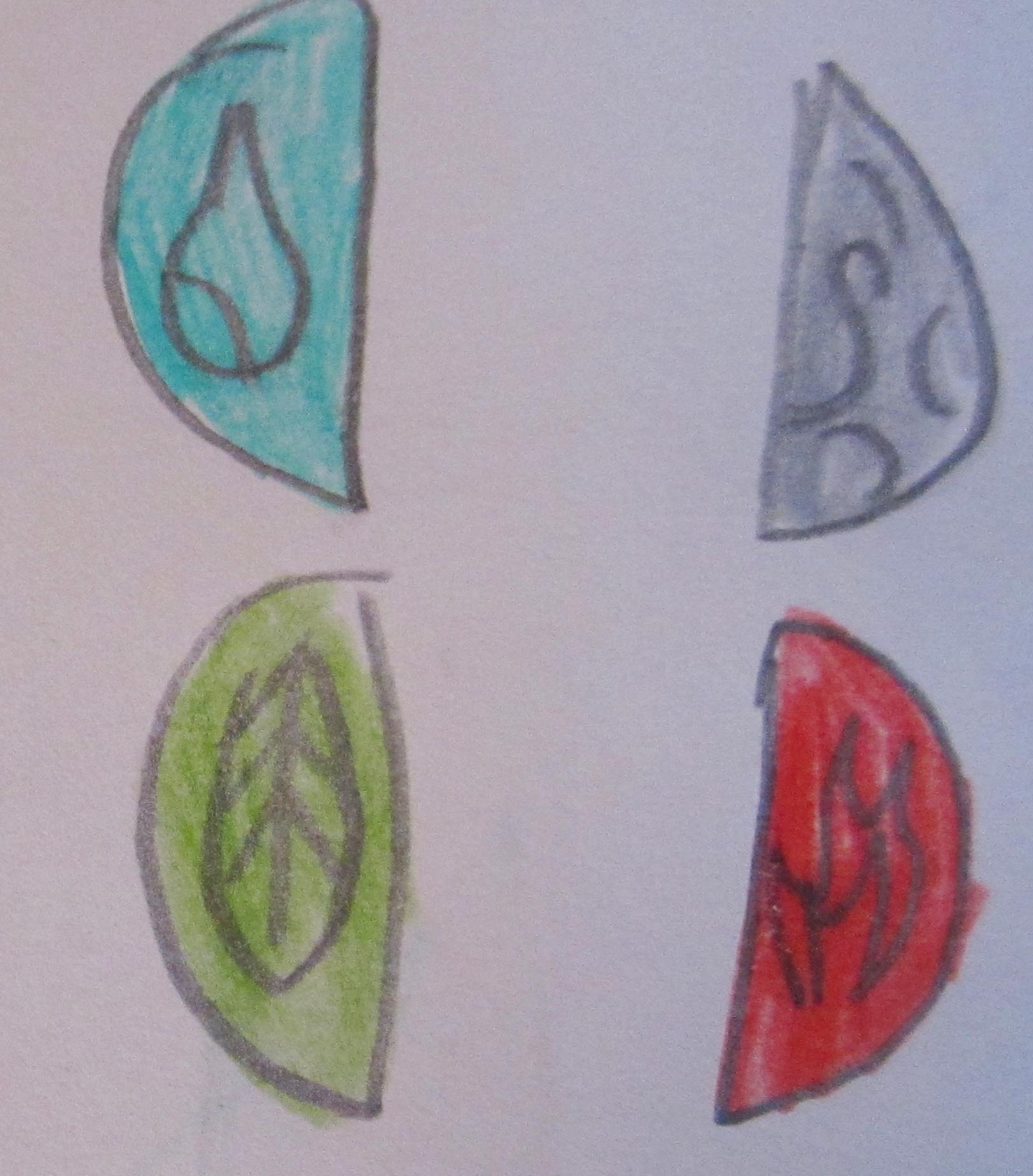
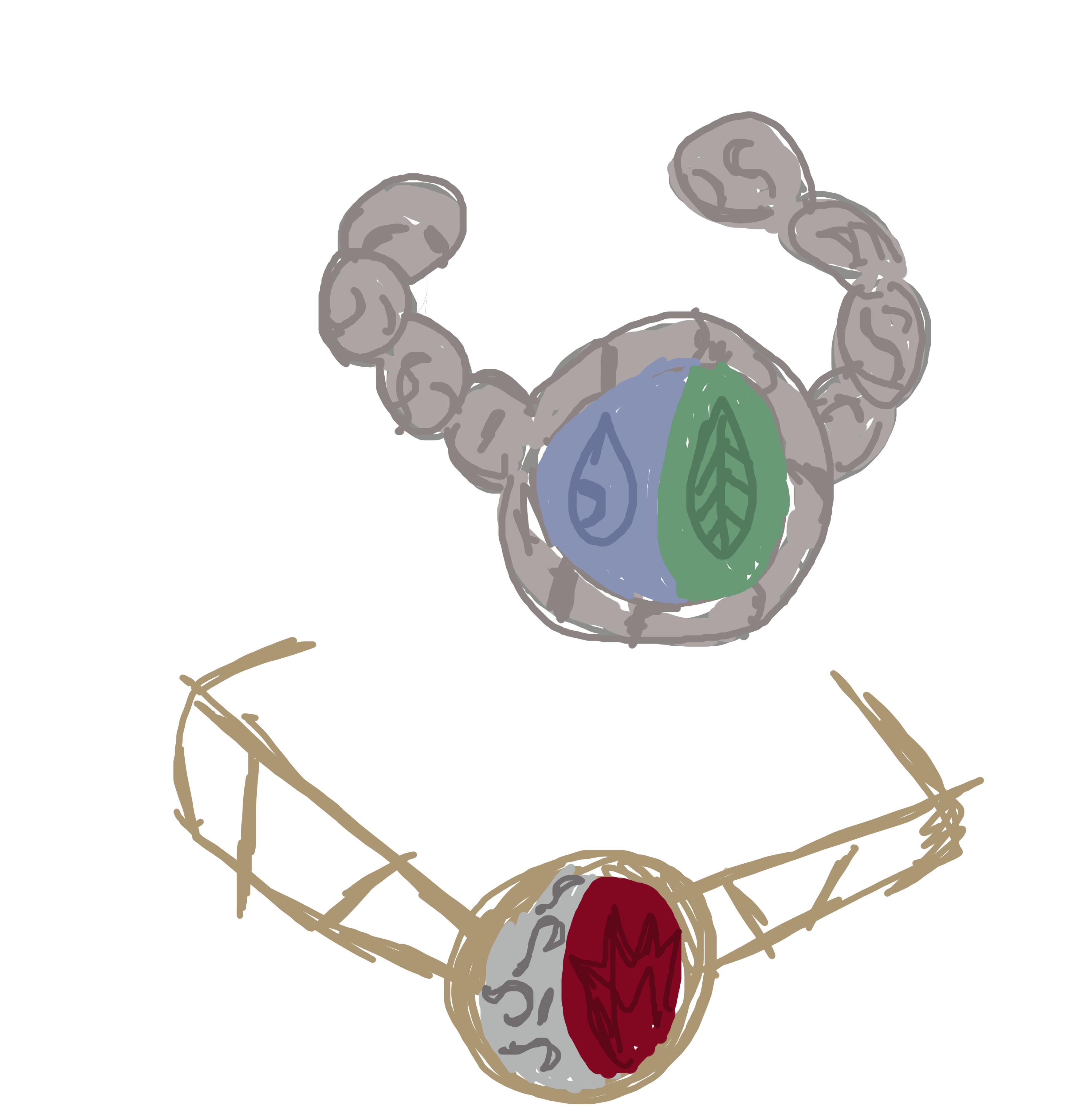


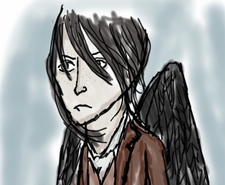
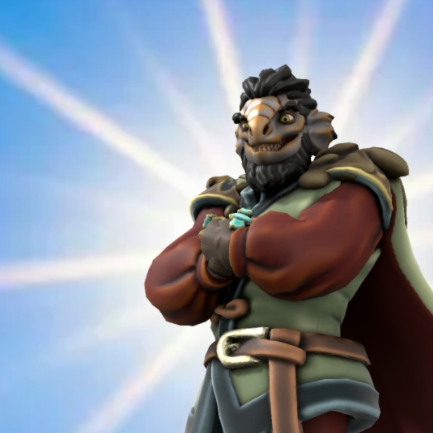






Nice article! It's interesting that the tailor is also making the dye. How big is their "manufacture" since I imagine they have lots of work with making all the clothes for the king and the priests? I like the weekly cleaning ritual having some religious importance. Does that mean that all priests doe their cleaning themselves no matter their importance? "When they do have gods or goddesses that favor them" I'm curious about how this happens – though that may go beyond the limit of an article on the costume :D Another question I have after reading the article is which colours of chitons are linked to which gods. Is it the same as with the gemstones?
Thank you. For new arrivals to the priesthood, there are pre-made (passed down) robes and chitons, so that the tailor isn't bombarded with chiton and robe requests everyday. And usually the tailor receives at least two or three requests at a time, people sometimes have to wait to get their robes because of the limit of requests the tailor can get. Yes, it would be odd in that tradition if the owner of the robe or chiton didn't wash the robe or chiton themselves. :D I actually have an article that currently is still a draft talking about that, it usually happens during the Festival of Magic, which happens biannually that a god or goddess would choose the mortal to be their devotee. And I answered the question about the colors of the chitons and robes below. :D